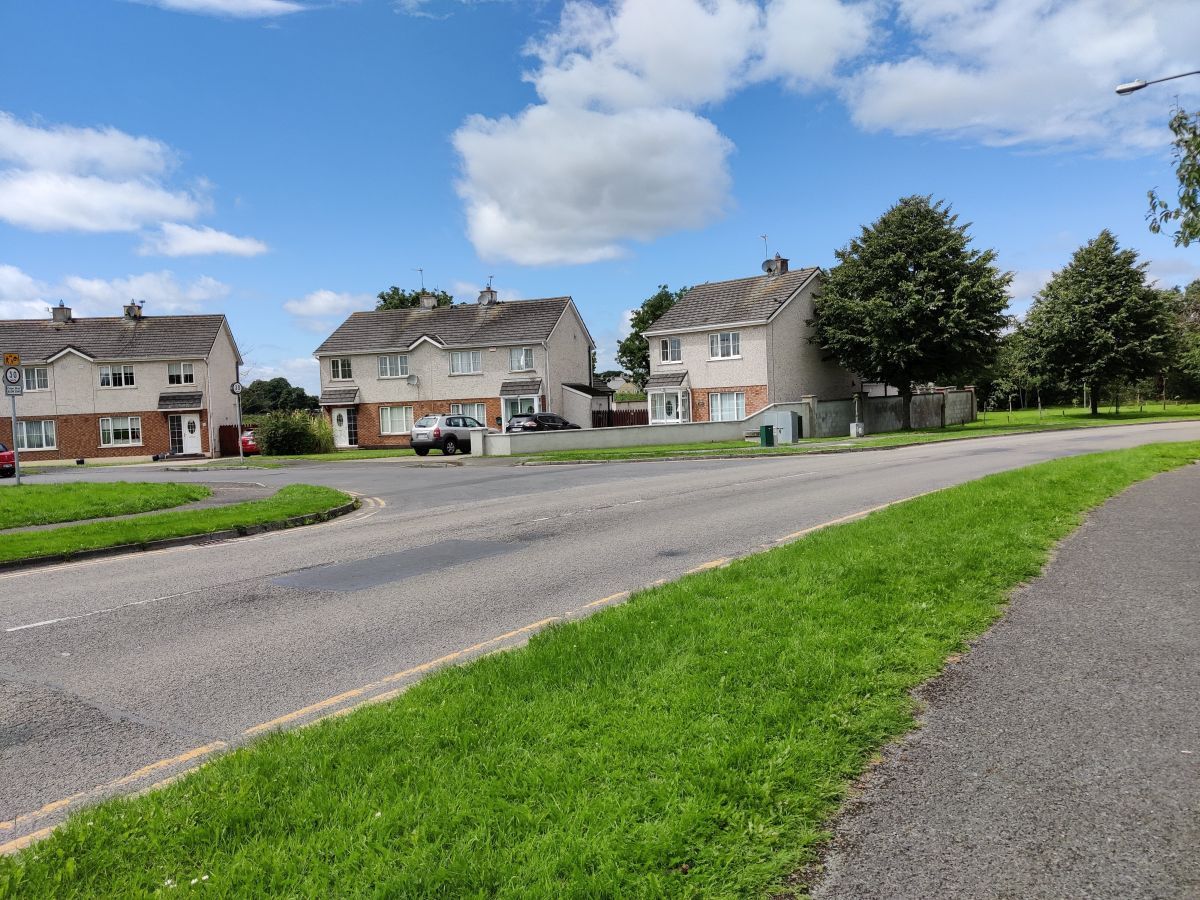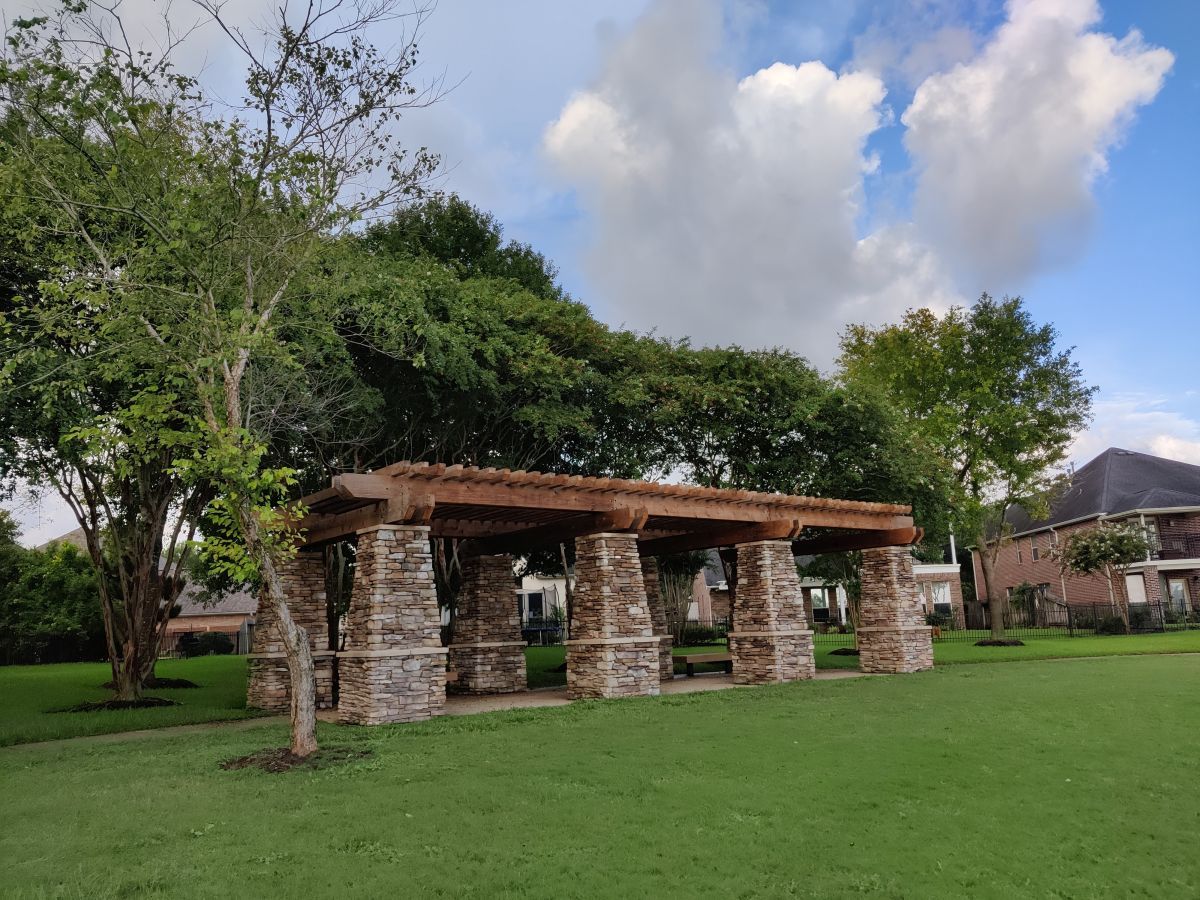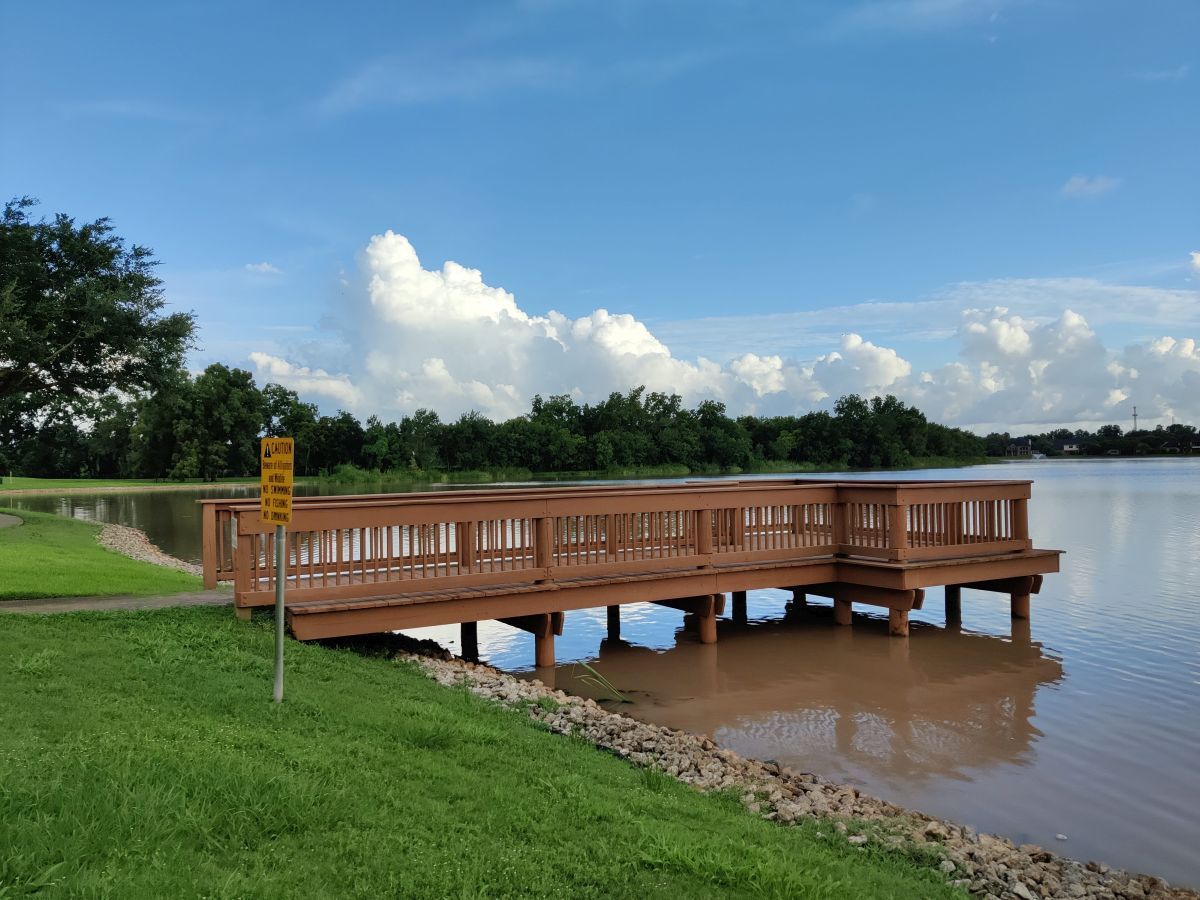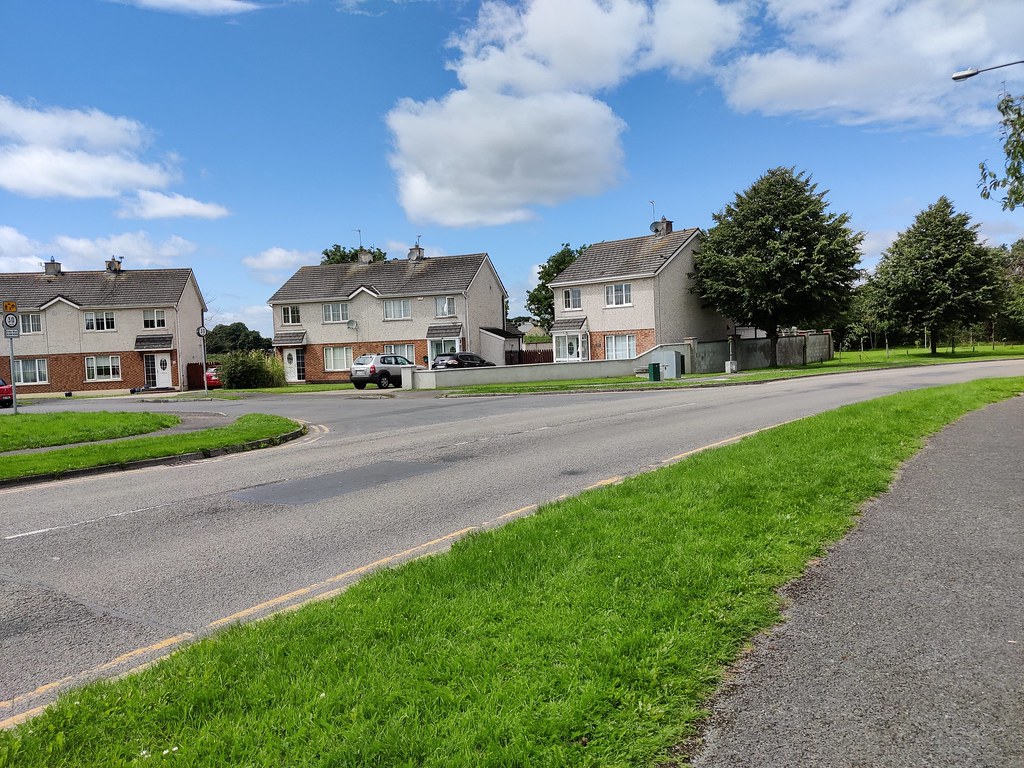Since the launch of the OnePlus One, OnePlus has evolved from being the subject of bad math puns to being one of the most recommended brands among enthusiasts. Over these last six odd years, OnePlus has changed up its smartphone strategy significantly; they started out as a brand that sold “flagship killers” that undercut the competition to now selling their very own premium flagships that compete with the very best. Despite these strategic changes, OnePlus has never strayed from its mission of offering the best performing hardware that’s currently available. The OnePlus Nord, however, is the lone exception to this.
In actuality, though, the Nord is not the first time that OnePlus has shifted away from offering flagship-tier hardware. The 2015 OnePlus X was in fact the first mid-range smartphone by the company, but it failed to appeal to the broader crowd of people who were still warming up to the function-over-form marketing that OnePlus was pushing. This forced the company to strengthen its roots in the enthusiast market before branching out. After almost five years since the X, the dynamics of the smartphone market have changed, and so OnePlus is once again revisiting the mid-range market. Selling smartphones that offer great value but at a more affordable price alongside their current premium lineup is now doable for the company.
OnePlus Nord Forums
OnePlus Nord Review: Great Performance at a Great Price
While OnePlus is expected to branch out even further into the mid-range and entry-level segments in the near future, the OnePlus Nord is already turning heads around the world. The significant amount of attention is especially because the Nord symbolizes the brand’s return to the price segment from where it started its journey. But despite its price, the OnePlus Nord hosts a bevy of worthy features from the brand’s more expensive devices from the brand — such as a fluid display with a 90Hz refresh rate or a 48MP camera with OIS from the OnePlus 8 — as well as new features such as a secondary selfie camera or the use of Google apps in place of OnePlus’ own Dialer, Contact, or Messages apps.

The OnePlus Nord is the company’s most feature-rich smartphone when it comes to the cameras. While we have already completed our review of the OnePlus Nord’s performance, this article delves into more detail of how capable the camera actually is. Before I start talking about the quality, the following section outlines the specifications of the Nord’s cameras.
OnePlus Nord Camera Specifications
The Nord is the first OnePlus device to feature a total of six cameras. This tally includes four cameras on the rear and two cameras on the front underneath the hole-punch cutout. The quad cameras on the back include a 48MP primary camera that comprises a Sony IMX586 sensor, also seen on the OnePlus 7/7 Pro, the 7T/7T Pro, and the OnePlus 8. The 48MP sensor is paired with an f/1.75 aperture lens.
Secondary on this array is an 8MP ultra-wide-angle camera with a field of view that spans across 119° wide. The 8MP sensor is hooked to an f/2.25 aperture lens. In addition to these two, the OnePlus Nord features a 2MP macro camera with an f/2.5 aperture lens and a 5MP depth sensor with an f/2.4 aperture lens.

Notably, the primary camera on the OnePlus Nord supports OIS (optical image stabilization) along with EIS (electronic image stabilization) and is among the most affordable smartphones to come with the feature. OnePlus has named OIS, “Super Steady,” for easier understanding. Further, Nord uses separate cameras for ultra wide-angle and macro photography — unlike the OnePlus 7T which uses a single camera for both.
Moving over to the front, two cameras reside in the hole-punch cutout. The primary camera is a 32MP Sony IMX616 sensor that is paired with an f/2.45 aperture lens. The secondary one is an 8MP ultra wide-angle camera with an f/2.45 lens that facilitates a 105° wide field-of-view.

When it comes to video recording, the OnePlus Nord supports up to 4K video capture at a frame rate of 30fps, and the resolution scales down to Full HD (1080p) if you wish to record at 60fps. OIS, notably, only works when you are recording at 30fps — whether at 4K or 1080p resolution. You can use the primary 48MP camera as well as the 8MP ultra-wide-angle camera for recording videos.
In contrast, the 32MP primary front camera supports recording video at 4K and 60fps. Meanwhile, the secondary camera can also record 4K videos but only at 30fps. Unlike the rear camera, the front camera does not support OIS, and EIS, too, is limited to the main front camera.
On the OnePlus Nord’s Super AMOLED display, the images and videos appear bright, vivid, and crisp. But a small screen may often be deceiving in that regard. So for the next section, we will assess the images on a bigger and more color-accurate display to learn about their quality.
OnePlus Nord Camera Quality
The images used in this OnePlus Nord camera review were taken by XDA’s Mishaal Rahman, Adam Conway, and myself.
Primary Camera
The OnePlus Nord tends to capture outdoor scenery in daylight with breathtaking colors from the main camera. The images look sharp when the image fits to a bigger screen. The 48MP primary camera with a Sony IMX586 sensor captures images in 12MP resolution by default as a result of 4-in-1 pixel binning. Furthermore, the auto HDR kicks in for most nature shots, helping the colors pop out better. All of the following images have been taken using the default Photo mode in the Nord’s Camera app:






The images are well-lit and crisp at the current level of magnification without any merging of colors or objects. ISO values between 100 and 125 (inclusive) might leave shutterbugs wanting for a slightly bigger aperture, but it shouldn’t irk most users. Colors in the image look slightly oversaturated and overprocessed but are not at all unnatural. Distortion becomes apparent as you zoom into the images, but that’s the first sign of weakness that the OnePlus Nord’s primary camera exhibits.
Digital Zoom
Although there is no telephoto camera on the OnePlus Nord, the control for 2X zoom is placed just above the mode selector within the OnePlus Camera app. At 2X, images appear far less charming in terms of sharpness as compared to images without any magnification. Further, colors appear faded in response to the exposure changes in the viewfinder, while the auto HDR may not always work as intended.






The OnePlus Nord allows up to 10X digital zoom, but the results are far from appealing at that setting.
12MP vs 48MP
Alongside 12MP images, the OnePlus Nord also allows you to capture images at 48MP resolution. From a surface-level examination, you can’t spot any differences between the images captured at the two resolution settings other than the differences in color saturation. Against the 12MP images, taken as a result of 4-in-1 pixel binning, the 48MP images are less saturated. The difference is more pronounced when auto HDR fails to kick in or enhance the contrast in the images.




12MP images are on the left and 48MP on the right
When you look more closely at the darker areas in the frame, the 48MP has higher shadows as compared to the 12MP, but that is rarely visible if the images are taken in ample light, as shown in the examples above.
You can see all the daylight images (and more) from the OnePlus Nord in their full resolution on the Flickr album embedded below.
Low-light outdoor and indoor
The following images taken by the OnePlus Nord’s primary camera were in overcast weather. While the ISO values don’t deviate as much as compared to the images above, the OnePlus Nord compensates by reducing the camera’s shutter speed — presumably in response to the white in the clouds, resulting in higher shadows. The increase in shadows along with low highlights leads to low clarity in images, especially when you zoom in.




On the other hand, images taken in low light or indoors have far fewer details. The OnePlus Nord compensates for the lack of exposure by increasing the ISO and reducing the shutter speed, but that results in more graininess. Evidently, the smartphone also struggles while focusing on the object in the foreground, and you might have to take multiple images to ensure the image is not blurred.






Nightscape mode
Like all recent OnePlus smartphones, the OnePlus Nord features a Nightscape mode for photography at night or in extreme low light. In this mode, the smartphone captures multiple images at different ISO levels (for varied exposure) and superimposes them on top of each other to create a brighter image. This process of weaving images together also allows the camera to capture images at faster shutter speeds than traditional cameras, retain good contrast, and keep the noise low at fairly high ISO values.




Images on the left are clicked with Nightscape mode off while those on the right with Nightscape on
As you can see from the images above, scenes with objects that are already glowing appear brighter with the Nightscape mode on versus when it is off.
In frames with very low to no light, the Nightscape mode does make a slight difference in terms of exposure but will definitely have trouble focusing. Here’s an example:


You can find all the low-light images from the OnePlus Nord in full resolution on the following Flickr album.
While this sums up our tests with the primary rear camera, the following sections discuss the secondary ultra-wide-angle camera as well as the tertiary 2MP macro camera.
Ultra wide-angle
As discussed above, the OnePlus Nord features an 8MP camera as the secondary rear camera. This camera utilizes an f/2.2 aperture lens that facilitates a 119° wide field-of-view. Notably, the wide-angle lens has a smaller aperture than the primary camera. Additionally, the ultra-wide-angle camera lacks autofocusing capabilities and is, therefore, best suited for capturing outdoor landscapes.








While you would usually expect images taken with a smaller aperture lens to be darker, the OnePlus Nord masks it nicely in post-processing. Despite appearing brighter overall, parts of the images actually have darker colors. Since all of these images were taken with ample natural lighting, these darker shades lead to the illusion of more saturation.
Besides less exposure, the ultra wide-angle images also lack any detail. Textures of elements such as the stone pillars, trees, or grass are mostly muffled or lost in the wide-angle images.
Macro camera
Besides the 48MP primary and the 8MP ultra wide-angle camera, OnePlus has allocated space for a 2MP macro camera on the OnePlus Nord’s rear camera array. This 2MP camera also has a fixed focal length and is designed to capture tiny objects from a distance of 1-1.5 inches (2.5-4cm) away. The results, as you would expect with any archaic 2MP fixed-focus camera, lack any detail or proper texture. Take a look:





Needless to say, the role of this macro camera is just to increase the number of cameras on the OnePlus Nord. Like we mentioned above, the OnePlus Nord features the highest number of cameras on any OnePlus smartphone and is the first OnePlus smartphone to reach a tally of six cameras.
You can find all the pictures from the OnePlus Nord’s non-primary cameras on Flickr.
Selfies
Moving over to the front, the primary selfie camera captures images at 32MP with the help of a Sony IMX616 sensor. Unlike the rear 48MP camera, the front primary camera does not utilize 4-in-1 pixel binning for brighter or more saturated images. Despite that, the images are bright and clear, especially in daylight. The secondary ultra-wide-angle selfie camera captures fewer details while also artificially smoothening out the textures of faces.



OnePlus has rolled out a number of updates in the last few months since the OnePlus Nord’s launch aimed at improving the quality of images. The below images were taken a few days ago with the latest software updates applied, while the images that Mishaal took were taken with the launch-day software installed. This shows that the software improvements OnePlus has implemented have helped to improve the quality, though there is still some amount of smoothening on the skin.



One gripe I have with the OnePlus Nord is that the background blur in portrait images appears very unnatural, and the same issue also plagues other OnePlus devices. The edge detection is erratic, and you might see artifacts at the boundary separating the background and the foreground in the 2D plane. Furthermore, there is no way to adjust the strength of the blur during or after capturing the image.
Here are a couple more examples of selfies captured with the OnePlus Nord.


You can find these selfies in full resolution on the Flickr album embedded below.
Videos
As we mentioned above, the OnePlus Nord records 4K videos at up to 30fps. The presence of OIS — which is unusual to see at this price and only seen on the Pixel 3a/4a among other devices in this range — enables very stable videos, even if you are walking. Mishaal demonstrates this in a 4K video recorded using the primary rear camera.
The OnePlus Nord provides satisfactory performance in terms of the colors, crispness, and the audio quality of video recordings.
Interestingly, the smartphone can record 4K videos at 60fps using the primary camera on the front. It lacks any form of stabilization and is also lacking in quality and color accuracy when compared to the rear camera. Take a look at a video recorded by Mishaal using the primary front camera:
While we can expect the video to have more details and better texture, especially on the face, the quality cannot be evaluated as anything other than poor from any angle (pun intended). The secondary camera on the front also supports video recording, but the quality is limited to 4K at 30fps.
Stock Camera vs Google Camera Mod
There is no denying that Google’s computational photography algorithms, that power the Pixel lineup, outshine any other manufacturer’s camera optimizations. This has encouraged developers and enthusiasts to port the Google Camera app for non-Pixel devices.
The OnePlus Nord also has an unofficial Google Camera port available from developer Wichaya. You can find the download link for the Google Camera APK that I used for the OnePlus Nord and the supported configurations (thanks to XDA Senior Member S4Turno) in the OnePlus Nord GCam XDA Forum thread.
The Google Camera port for the OnePlus Nord supports photography on the primary and two auxiliary cameras on the back, and both the cameras on the front. It can be used to capture 4K video at up to 30 fps on the rear and the front primary cameras, but lacks 4K@60fps recording on the front camera.
A comparison between the stock OnePlus Camera and Google Camera apps gives us a good idea of how effectively the Google Camera app mends the stock camera’s flaws.
Primary
Daylight images from the Google Camera port maintain Pixel-like contrast — thanks to Google’s advanced HDR algorithms — while preserving natural colors. In contrast, the images taken with the stock camera appear oversaturated. Google Camera also does better than the stock camera when it comes to focusing on objects, and it is improved further with the Pixel’s characteristic background blur.








Left: Stock Camera. Right: Google Camera
The images from the Google Camera are automatically resized to 12MP through 4-in-1 pixel binning, and the app lacks support for full 48MP photography, which might seem like a compromise to some users. The upside is that most people do not actually care about the actual resolution of the image so long as it is crisp and well-lit, so the absence of a 48MP mode may not discourage everyone from using this mod.
Ultra-wide angle and macro camera
Much like the primary camera, the ultra-wide-angle shots taken using the Google Camera mod are much sharper than the ones clicked with the OnePlus Nord’s stock camera. The high contrast on the GCam images makes the far-off objects appear clearer than the stock camera. Both of the camera apps fail to capture as many details as the primary camera.




Left: Stock Camera. Right: Google Camera
But when it comes to macro photography, the Google Camera mod does seem to fix — to some extent — what the stock camera does wrong. While neither of the images can truly justify the extra space used by a separate macro sensor on the smartphone, the image taken with the stock camera app appears artificially warm and less detailed, while the one taken with Google Camera is relatively clearer and color-neutral.


Selfies
The Google Camera mod for OnePlus Nord also supports selfies using both the primary and the secondary front cameras. Starting with the primary 32MP camera, the stock camera images appear overexposed and thus, flavorless despite showing decent details. Meanwhile, the images from the Google Camera mod have higher contrast and more sharpness. Notably, the front 32MP camera captures images in 8MP resolution with the help of 4-in-1 pixel binning. But, the images lack in terms of exposure, especially with default HDR settings.


While you can choose to mirror selfies with the OnePlus Camera app, the Google Camera mod only takes non-mirrored selfies.
The Google Camera port remedies the poor background blurring in selfie portraits, especially around the edges separating the background and the foreground. But, similar trends of exposure and colors are very apparent.


Lastly, with regards to images taken from the front-facing ultra-wide-angle camera, the image taken with OnePlus Nord appears darker with a significant amount of noise.


I feel the Google Camera mod improves the camera capabilities of the OnePlus Nord in all cases, except for selfies from the secondary front camera. If you already have a Nord, definitely check out the mod we’ve linked above.
You can find all of the stock vs Google Camera mod images in full resolution on the following Flickr album:
OnePlus Nord Camera Conclusion: Is six an odd number?
The OnePlus Nord is definitely a great device when it comes to performance. Despite the budget cuts, the OnePlus Nord retains exciting features from the OnePlus 7T and the OnePlus 8, such as the 90Hz fluid Super AMOLED display, 30W Warp Charge 30T, and the alert slider. It also uses the same 48MP camera from its pricier sibling, the OnePlus 8, and makes a great argument for invalidating the need for the latter.

OnePlus upped the ante by including six cameras in the OnePlus Nord. While that number is greater than any we’ve seen on other OnePlus smartphones, the macro camera and depth sensor barely offer any benefits. The same sadly also applies to the ultra-wide-angle selfie camera. Defying its brand mantra, OnePlus settles with mediocre cameras for the sake of flexing more cameras.
But the primary cameras on the front and the back perform really well and justify the price. OnePlus deserves some credit for constantly improving the imaging capabilities of their devices via software updates, and we can expect the quality to keep improving on the OnePlus Nord. In conclusion, the Nord is a good smartphone for photography if you don’t fret over the two extra, pointless cameras that add to its tally of six.
The Google Camera mod does rid the Nord of the colors and exposure issues of the stock camera app. It improves the picture quality noticeably for most of the cameras on the smartphone and I strongly recommend using it.
The post OnePlus Nord Camera Review: Six reasons you should use the Google Camera mod appeared first on xda-developers.
from xda-developers https://ift.tt/35TOzmW
via IFTTT







No comments:
Post a Comment